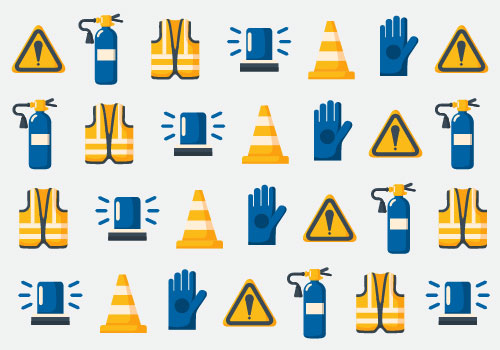
Remember, if you can think of a way your employees may be harmed in the course of their employment, then you must do everything possible to mitigate the hazard.
This article is from the Fall 2016 issue of The Quill. To view the full issue, visit The Quill archive.
With all of the specific OSHA regulations, it is easy to get caught up in the thought process of “that regulation does not apply to our organization.” While specific regulations may or may not apply to your exact operation, there is one regulation that applies to all operations. That regulation is the General Duty Clause.
The General Duty Clause, Section 5(a)(1) of the Occupational Safety and Health Act, requires that each employer furnish, to each of its employees, a workplace that is free from recognized hazards that are causing or are likely to cause death or serious physical harm.
The general duty provisions can be used by OSHA if there is no standard that applies to the particular hazard, and the employer has employees exposed to the alleged hazard.
The following elements are required for OSHA to prove a general duty clause violation:
- The employer fails to keep the workplace free of a hazard to which its employees were exposed.
- The hazard was recognized.
- The hazard is causing, or may cause, death or serious physical harm to employees.
- There is a feasible and useful method to correct the hazard.
Recognition of hazard must be established
- OSHA can establish industry recognition if the hazard is recognized in the employer’s industry.
- A recognized hazard can be established by evidence of actual employer knowledge.
- If industry or employer recognition of the
hazard cannot be established, recognition can still be established if OSHA concludes that
any reasonable person would have recognized the hazard.
Finally, to establish a General Duty Clause violation, OSHA needs only to identify a method that is feasible, available and likely to correct the hazard. General Duty Clause violations may not be issued by OSHA merely because OSHA knows of a mitigation method different from that of the employer. Remember, if you can think of a way your employees may be harmed in the course of their employment, then you must do everything possible to mitigate the hazard.
For more information, please refer to www.osha.gov.
Categorized in:
-
Transportation Safety
-
Regulations
-
Workplace Safety
ClickToAddCategories
No categories have been created yet.
Community
Company Updates
Driver Recruitment
Investor News
Transportation Safety
Claims
Driver Management
Driving Techniques
Distracted Driving
Seasonal Driving Tips
Sharing the Road
Health & Wellness
Injury Prevention
Regulations
Security & Cargo Theft
Vehicle Inspections
Weather Conditions
Workplace Safety
Workers Compensation
Done